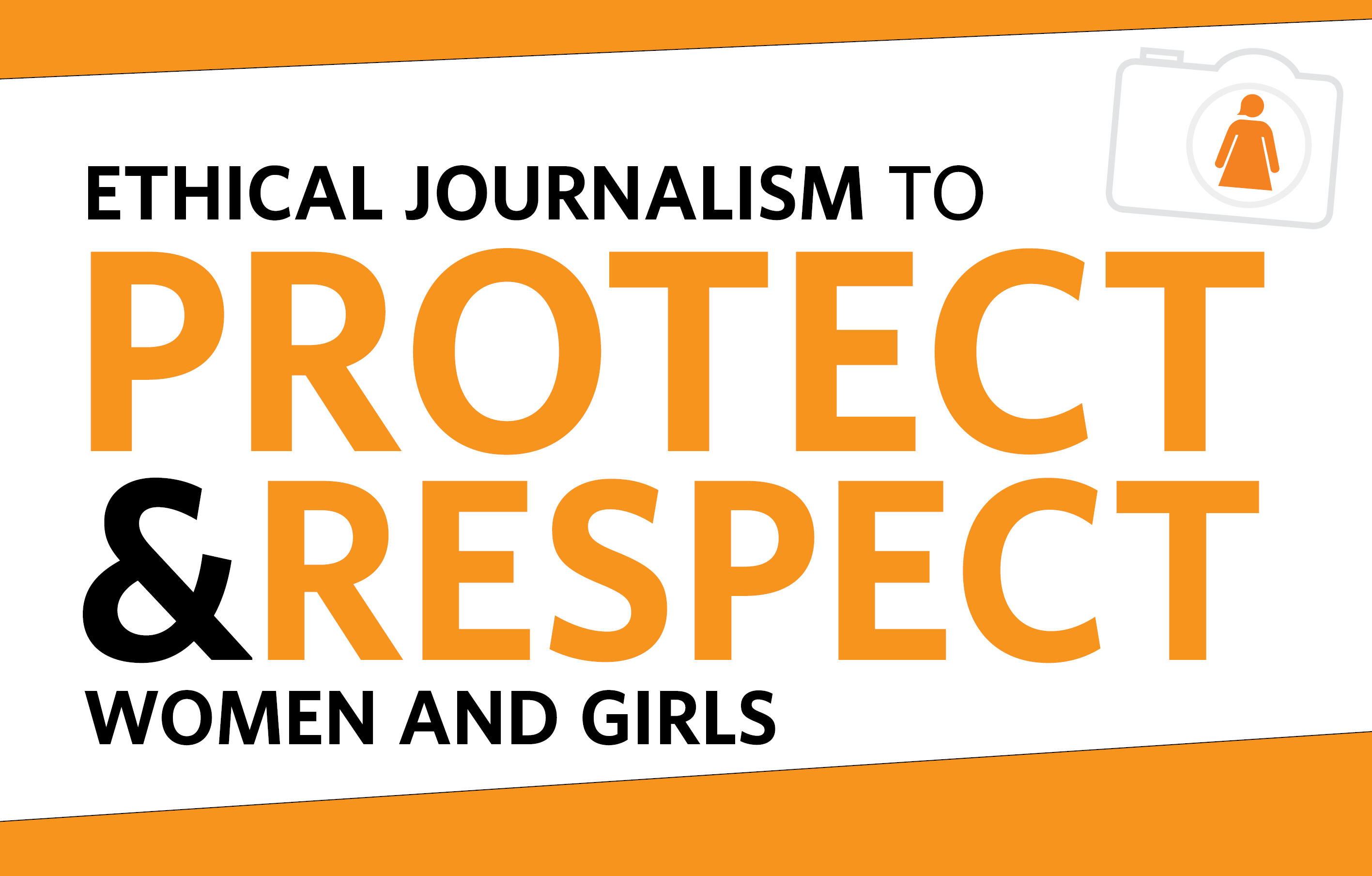- Factsheet: Ethical journalism for an end to violence against women
- အမ်ိဳးသမီးမ်ားကို အၾကမ္းဖက္ျခင္း ပေပ်ာက္ေစေရးအေၾကာင္း သတင္းေရးသားေဖာ္ျပရာတြင္ မီဒီယာမ်ား လိုက္နာသင့္သည့္အခ်က္မ်ား
Journalists give voice to the voiceless by telling the stories of women and girls who have survived abuse and assault, including rape and sexual violence, by strangers, relatives, husbands or uniformed personnel. The media can help bring about change and justice.
At the same time, journalists have a responsibility to protect and respect survivors of gender-based violence.
As the global 16 Days of Activism Against Gender-Based Violence campaign kicks off, UNFPA – the United Nations Population Fund – is joining forces with journalists in Myanmar to Protect & Respect women and girls.
Protect the safety of women and girls
Gender-based violence are acts that cause physical, sexual, psychological or economic harm to a woman, and that are directed against her because she is a woman.
The publication of a woman’s story of assault, rape or abuse puts her at risk of retaliation and of having her standing in her community undermined. To protect the identity and the right to privacy of these women and girls is central to ethical journalism.
Even when names are changed and images are blurred, bits of information which seem harmless can be used to work out someone’s identity. It is known as “jigsaw identification”. For example, the age, village, family circumstances, the clothing or setting in a photograph can be pieced together to identify a survivor.
“As a journalist, I think we, the media, have to be careful when reporting about sexual violence, either by armed forces or by men in their communities. The survivors will have to live through it their whole life”, says Nyein Nyein, Senior Reporter at The Irrawaddy news magazine.
Understanding “informed consent”
The concept of consent is also important. To be meaningful, consent must be informed. Informed consent means that permission is granted in full knowledge of the possible consequences. Even if a woman agrees to have her name and photo published, she may not fully realize the implications, especially if she is traumatized. In addition, technology advances makes protection of identity and privacy more urgent and complex than ever.
“With fast-growing internet usage, we can’t stop others from spreading photos or information about victims on social media. But when we publish a story as journalists, we must continue to maintain a high ethical standard, and to hide identities to protect victims”, says Nyein Nyein.
Respect the dignity of women and girls
Media stories about gender-based violence can pave the way for change and for justice. But they can also reinforce negative stereotypes and myths.
“Including information that may be more about judgement than relevance – such as how a woman was dressed or what she was doing before an incident – can inadvertently lead to victim blaming”, says journalist Fiona MacGregor.
It can be difficult to describe shocking acts of violence without resorting to sensationalism. Ethical journalism strives to finds a balance, portraying survivors of gender-based violence with respect for their dignity. Readers sympathize with the plight of survivors. But the stories that tell of strength, agency and resilience can touch a deeper cord.
"It is easy for journalists to use language or graphic information that provoke salacious or prurient interest and exploit survivors. But it is very possible to tell powerful stories that resonate with readers without resorting to crude details”, says MacGregor, who has been covering the Myanmar refugee crisis from the Bangladesh side of the border.
“Considering and understanding the risks shouldn't restrict our work as journalists, but can help us avoid inflicting further harm on survivors", says MacGregor.
UNFPA is one of the UN's lead agencies working to further gender equality and women’s empowerment, and to address the physical and emotional consequences of gender-based violence.
More information


